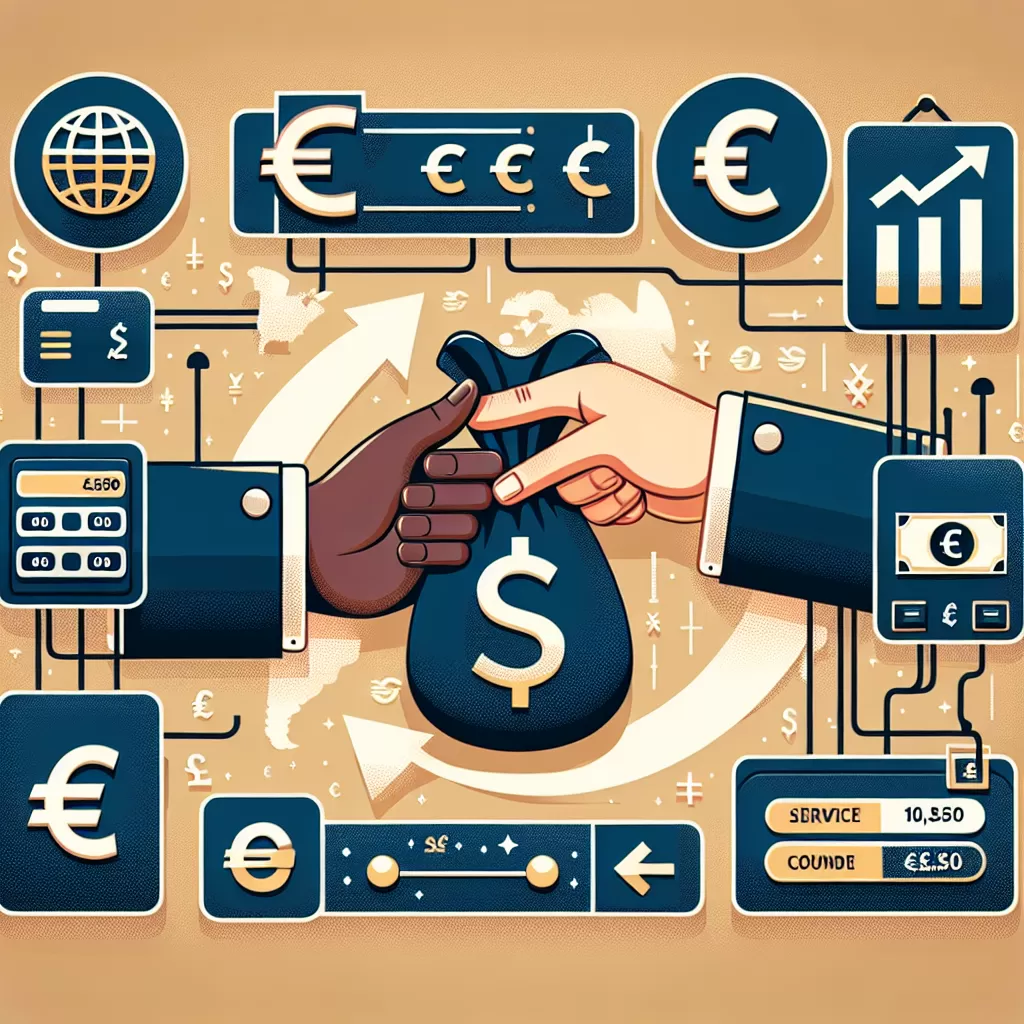How Much Does It Cost To Exchange Currency
Follow Currency Mart April 10, 2024
Where to purchase Foreign Currencies?

Introduction
Every day, currencies worldwide ebb and flow in value against each other, fluctuating in a constant dance influenced by economic indicators, central bank policies, and geopolitical events. Currency exchange accompanies several activities, from a vacation across the border to a substantial business investment. It's crisscrossing the lines between digital and physical currency, making the cost of currency exchange an essential topic to understand.The True Cost of Currency Exchange
Currency exchange involves a cost. Irrespective of whether you utilize traditional brick-and-mortar banks or online platforms, the fee can be direct or concealed in the exchange rate offered. The "spread" or the difference between the buying and selling price is where the cost often hides, and it varies depending on indicators such as the currency pair's market volatility and liquidity.Banks and Financial Institutions
Banks and financial institutions are conventional choices for currency exchange. They provide reassurance of being regulated, but cost-wise, they may not be the optimal choice. Banks often add a markup of about 3% to 5% on the interbank (wholesale) rate, besides a transaction fee in some instances. Be aware that banks' exchange rates can also be less competitive on weekends.Currency Exchange Bureaus
Currency exchange bureaus are another popular option, especially among travelers requiring on-the-spot exchanges. Often found at airports, busy city center spots, or shopping malls, these bureaus base their costs on the interbank rate, with the addition of a profit margin. Their rates can vary, and while their fees can seem quite low, their conversion rates may be less competitive.Online Currency Exchanges
Digitalization has introduced online currency exchange platforms that promise better rates than traditional methods. Companies like Revolut, TransferWise, and OFX compete aggressively on costs, boasting cost savings up to 90%. The value proposition includes a smaller spread on the exchange rate, lower transactional fees, or sometimes both. However, it's critical to understand the fee structure, which can include different fees for different transaction sizes or currency pairs.ATMs
ATMs abroad can provide a hassle-free and immediate solution to your currency needs. However, it may come with high costs. ATMs usually charge a fee for foreign transactions (around 3%) and might use a less favorable exchange rate (DCC - Dynamic Currency Conversion), especially if the ATM provider is a foreign bank.Peer-to-Peer (P2P) Exchanges
P2P exchanges offer a unique method to exchange currency. Platforms connect users looking to exchange currencies, potentially offering rates closer to the interbank rate. However, P2P exchanges can be somewhat unpredictable, and benefits usually favor the exchange of popular currency pairs.Prepaid Travel Cards
These are a prudent option for frequent travelers, offering competitive rates and low fees. You load them with your preferred currency and use it as a debit card abroad. The exchange rate gets locked in at the time of loading the card, helping you avoid future rate fluctuations.Conclusion
Understanding the costs associated with currency exchange can help you make an informed decision. Factors influencing these costs include the amount and frequency of transaction, the currency pairs involved, and the urgency of the transaction. Before deciding, shop around and compare the options. Online tools and currency converter apps can help you compare rates and related fees in real-time, thus saving you from any unnecessary exchange losses.
Where to purchase Foreign Currencies?